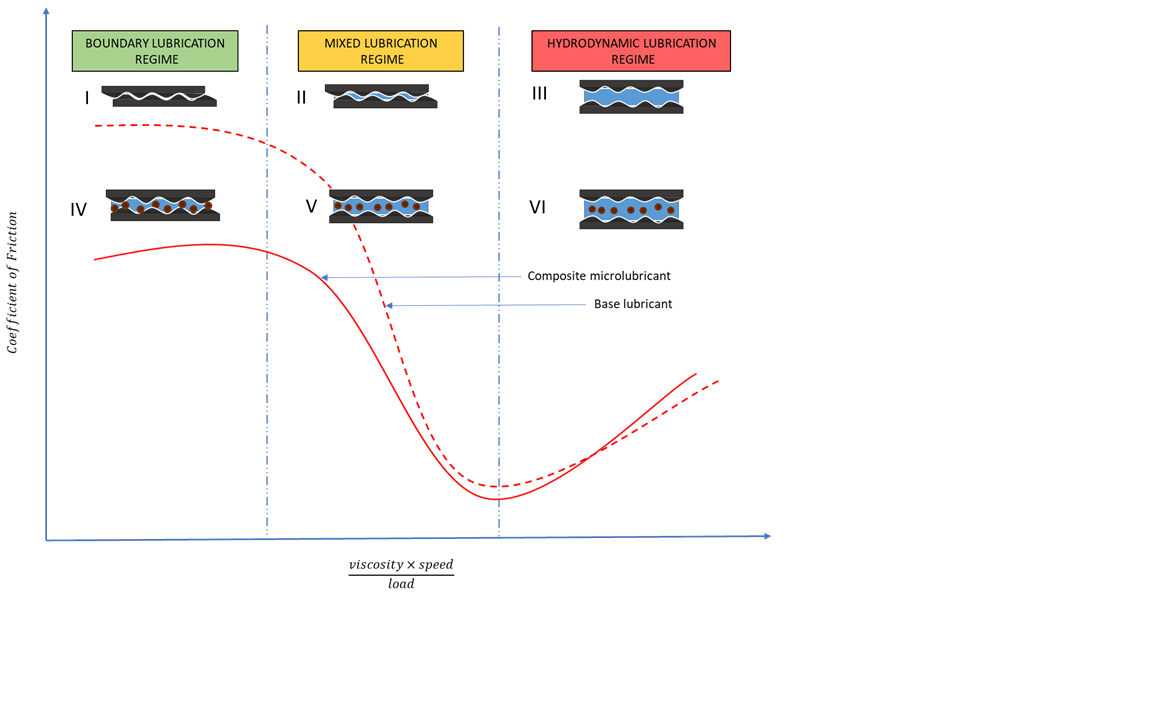(225h) Evaluating the Role of Carbon Microspheres in an Aqueous Lubricant - the Stribeck Curve Analysis
AIChE Annual Meeting
2022
2022 Annual Meeting
Engineering for Inclusion
MAC Eminent Engineers Awards Poster Session
Monday, November 14, 2022 - 11:00am to 12:00pm
Carbon Microspheres (CMS) have great potential as additives for enhancing the performance of base lubricants. They act as ball bearings that convert sliding friction into rolling friction, thus reducing the effective friction coefficient. The Stribeck curve is a fundamental tool used in tribology to evaluate the performance of a lubricant. This study aims to investigate the influence that CMS have on the three lubrication regimes of the Stribeck curve - boundary, mixed and hydrodynamic. First, monodispersed CMS with an average size of about 200 nm were synthesized via a hydrothermal process from glucose solution. A base lubricant was prepared by mixing 60 wt% glycerol-water solution with a small amount of sodium dodecyl sulfate surfactant before dispersing varying amounts of CMS to obtain our lubricant-CMS formulation. Friction experiments were conducted using a pin-on-disc tribometer under varying loads and concentrations of CMS in base lubricant. The resulting Stribeck plots reveal that the particles are most effective in the boundary lubrication regime. This reduction in friction coefficient is due to the rolling mechanism of the particles within the contact region of the tribo-pair. However, the results also indicate that the ability of the particles to function as rolling elements between the friction pair diminishes as the film thickness increases in the mixed and hydrodynamic lubrication regimes. This fundamental study provides further insight into the role of microparticles in lubrication.


